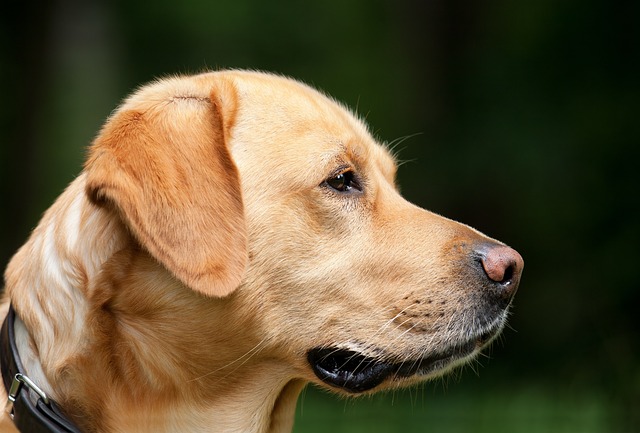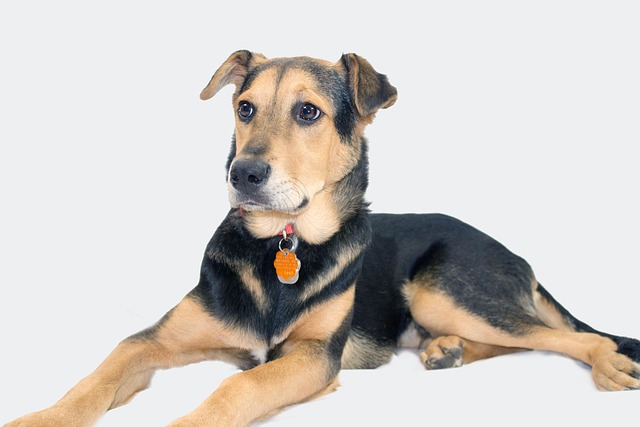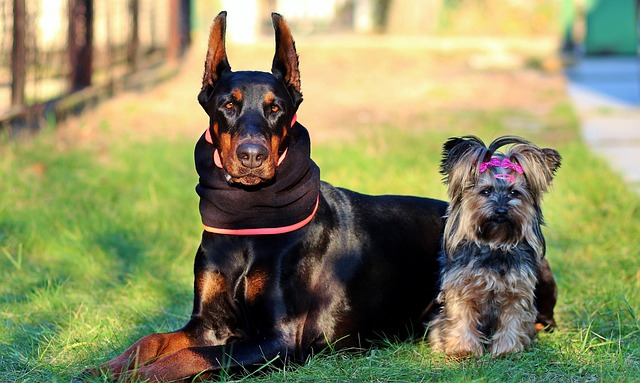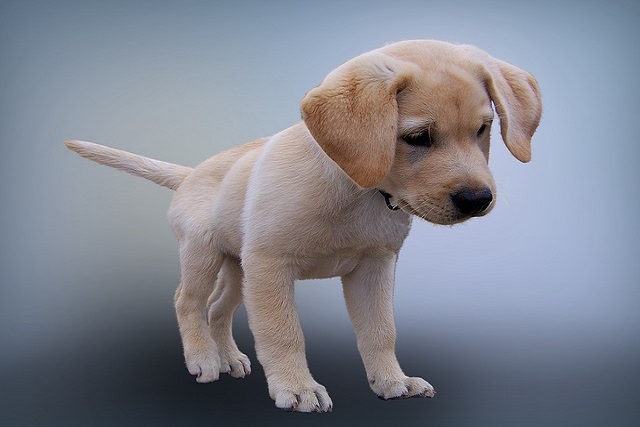
what to put on dogs paws to stop licking
You’re sitting on the couch, and your pup curls up beside you—only to start gnawing at their paw like it’s a chew toy. At first, it’s cute, but after 10 minutes of nonstop licking
Your dog’s ears are more than just cute accessories—they’re a window into their overall health. Understanding what a healthy ear looks and feels like helps you spot problems early. Whether you have a floppy-eared hound or a perky-pricked terrier, regular checks are key to keeping your furry friend comfortable.
A healthy dog ear has a clean, pink interior. The skin should be smooth without redness, bumps, or scabs. Gently lift the ear flap—you might notice a light, waxy smell, but it shouldn’t be overpowering. If you see dark brown or black debris that looks like coffee grounds, it could signal an infection or mites. Trust your instincts; if something seems off, it’s better to be cautious.
Texture matters too. Healthy ears feel soft and supple, not hot or swollen. Run your fingers along the edges and inside the canal. If your dog flinches or tries to pull away, they might be in pain. Some dogs naturally dislike ear handling, but excessive sensitivity can indicate an issue. Pay attention to any signs of tenderness during your routine checks.
Behavior provides important clues. Shaking the head, scratching at the ears, or rubbing against furniture could mean discomfort. Watch for repetitive pawing—if your dog constantly tries to dig into their ear, it’s a red flag. Some dogs even tilt their heads to one side or lose their balance, which may point to a more serious inner ear problem.
 Ear infections are common, especially in dogs with long, floppy ears that trap moisture. Breeds like Cocker Spaniels and Basset Hounds are particularly prone. But any dog can develop an infection from allergies, water exposure, or wax buildup. If you notice discharge, swelling, or a foul odor, avoid home remedies and consult your vet immediately. Using the wrong products can worsen the issue.
Ear infections are common, especially in dogs with long, floppy ears that trap moisture. Breeds like Cocker Spaniels and Basset Hounds are particularly prone. But any dog can develop an infection from allergies, water exposure, or wax buildup. If you notice discharge, swelling, or a foul odor, avoid home remedies and consult your vet immediately. Using the wrong products can worsen the issue.
Regular cleaning helps maintain ear health. Use a vet-recommended ear cleaner and cotton balls (never Q-tips, which can damage the ear canal). Gently wipe the visible parts of the ear, never forcefully insert anything. Aim for once a week, or more often if your dog swims frequently or has a history of ear problems. Always reward your dog with treats and praise during cleaning sessions to keep it positive.
In some regions, pet owners must follow specific animal welfare regulations regarding healthcare. While there’s no legal requirement to clean your dog’s ears, neglecting obvious problems can lead to fines or legal issues. When in doubt, reach out to a licensed veterinarian—they can provide personalized advice based on your dog’s breed, lifestyle, and health history.
Remember, every dog is unique. Some ears need more attention than others. Building a routine of gentle ear checks and care strengthens your bond with your pet. Catching issues early not only saves you stress and vet bills but also spares your furry companion from unnecessary discomfort. A little extra care goes a long way in keeping those ears happy and healthy.

You’re sitting on the couch, and your pup curls up beside you—only to start gnawing at their paw like it’s a chew toy. At first, it’s cute, but after 10 minutes of nonstop licking

Picture your Golden Retriever, Cooper, hopping awkwardly across a Minneapolis sidewalk in January, lifting his paws from salt-covered ice while you wince in sympathy.

When your dog starts scratching nonstop, gnawing at their paws until they’re raw, or breaking out in red, inflamed patches, chances are they’re dealing with canine atopic dermatitis

You’re brushing your golden retriever after a morning hike, and notice her squinting—one eye looks a little red, with a crusty corner. Panic hits: “Should I grab my eye drops?”

It’s a familiar panic for new pup parents: you notice your dog shaking their head like a wet rag, or scratching at their ear with a paw, and think, “Maybe their ears need a clean.”

You’re curled up in your Chicago apartment when the sound starts: thump-thump-scratch-scratch as your Golden Retriever rakes her raw belly across the floor.